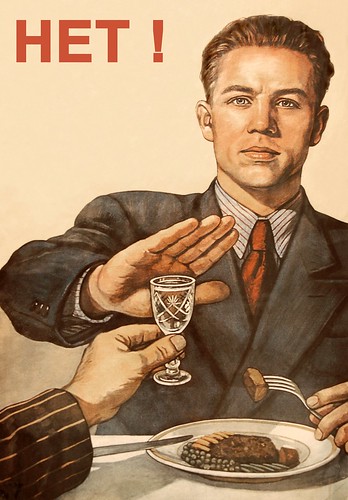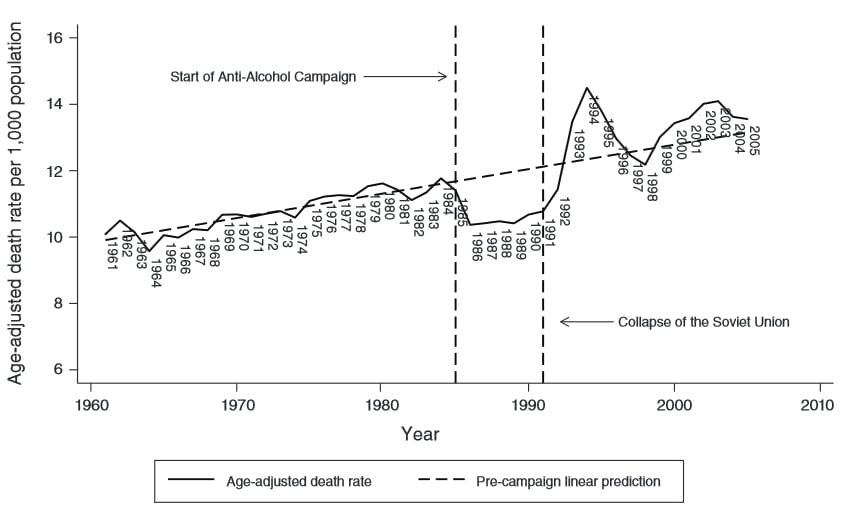Can Russia Modernize? A sociologist’s perspective
By Sean L Hanley, on 17 March 2014
 In her 2013 book Can Russia Modernise? Alena Ledeneva picked out key types of networks that make up sistema: Russia’s complex, ambiguous and sometimes surprisingly effective system of informal governance. In the first part of a three-part ‘mini-symposium’, Katharina Bluhm assesses the book and its arguments from a sociologist‘s perspective.
In her 2013 book Can Russia Modernise? Alena Ledeneva picked out key types of networks that make up sistema: Russia’s complex, ambiguous and sometimes surprisingly effective system of informal governance. In the first part of a three-part ‘mini-symposium’, Katharina Bluhm assesses the book and its arguments from a sociologist‘s perspective.
Alena Ledeneva is the author of several books all of which centre on informal economic and governance practices in Russia. Her three monographs Russia’s Economy of Favours (1998), How Russia Really Works (2006), and Can Russia Modernise? (2013), can be read as a trilogy. In Russia’s Economy of Favours the centre of attention was the everyday exchange systems of normal people, while in How Russia Really Works Ledeneva’s focus shifts towards business and the asset stripping that takes place through complex inter-firm relationships. Her newest book explores Russia’s power networks and systems of informal governance or sistema.
The 2006 and 2013 books share one particularly important question: Can Russia modernize? In How Russia Really Works Ledeneva asks how Russia’s unwritten rules can be changed, or whether in fact they can. Her answer is laced with scepticism. She points to the fact that over the past decade, actors have fought bitterly over the rules of the game: for example the support for shock-therapy of Western aid programmes and advisers aimed at the rapid installation of a new market economy, or the foreign investors who have tried to introduce Western business practices being studied in Russian business schools today. Small entrepreneurs have called for more transparency in the way business is done.
Russia is now a member of the World Trade Organisation, and Putin once called for a ‘dictatorship of law’ and – at least according to some observers – Medvedev really was interested in changing the rules of the game, but just did not get very far in his efforts. Ledeneva concludes that in order to overcome the informal rules it is ‘simply not enough to transform the formal rules and the way they are enforced. (more…)
 Close
Close



